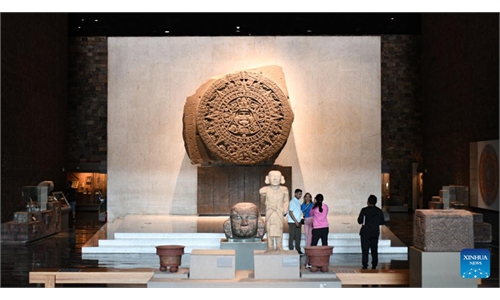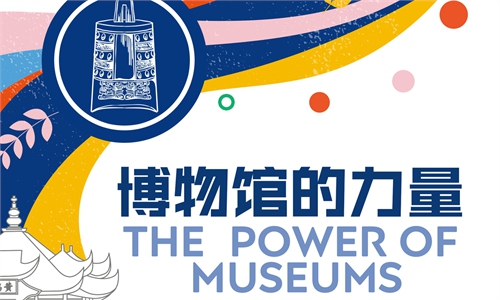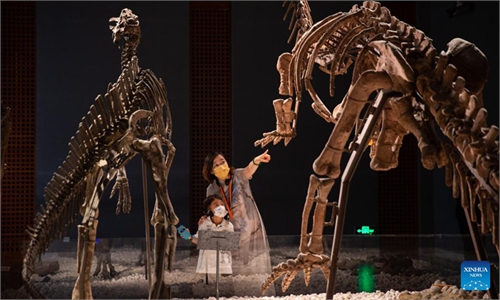ARTS / CULTURE & LEISURE
Smaller, focused museums gaining ground in China
Finding a niche
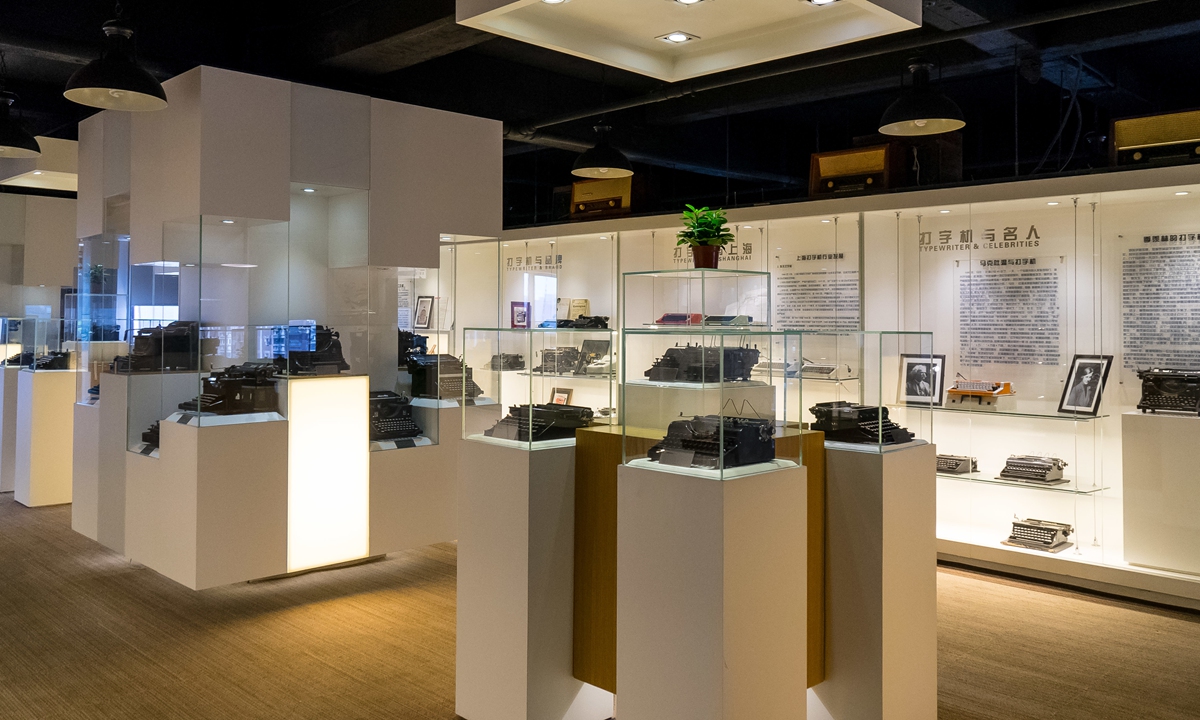
The Typewriter Museum in Shanghai Photo: IC
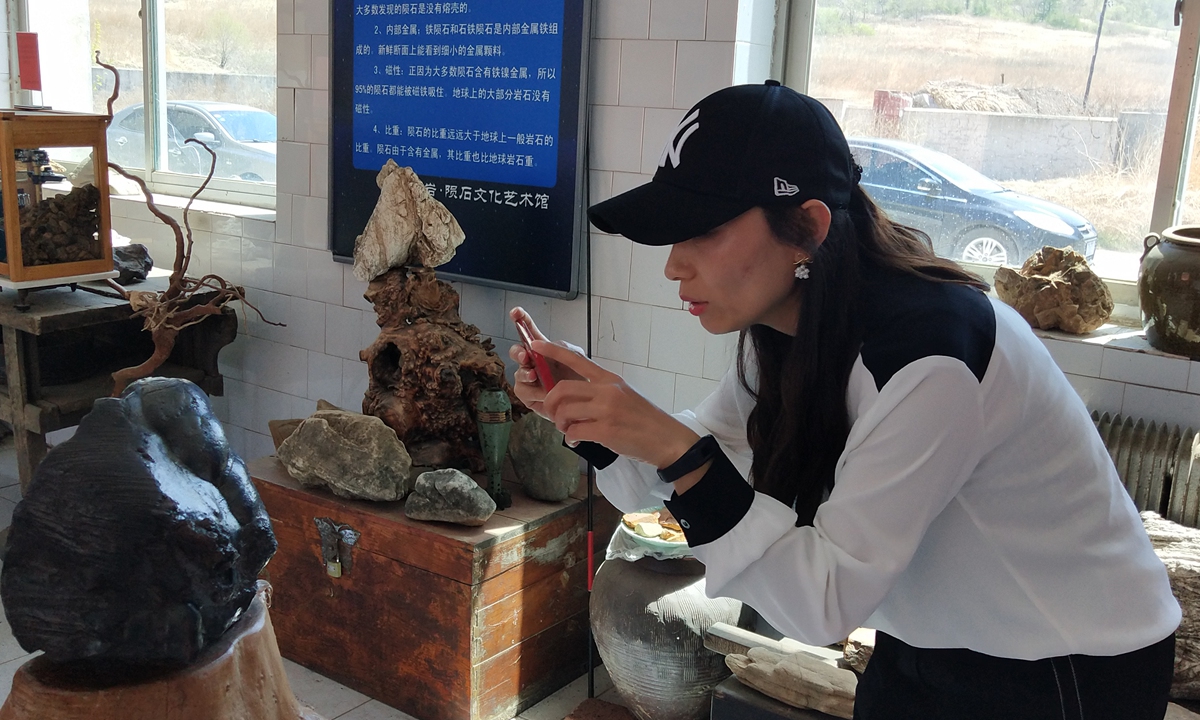
A visitor takes a photo inside the Meteorite Museum. Photo: Courtesy of Sui Mingku
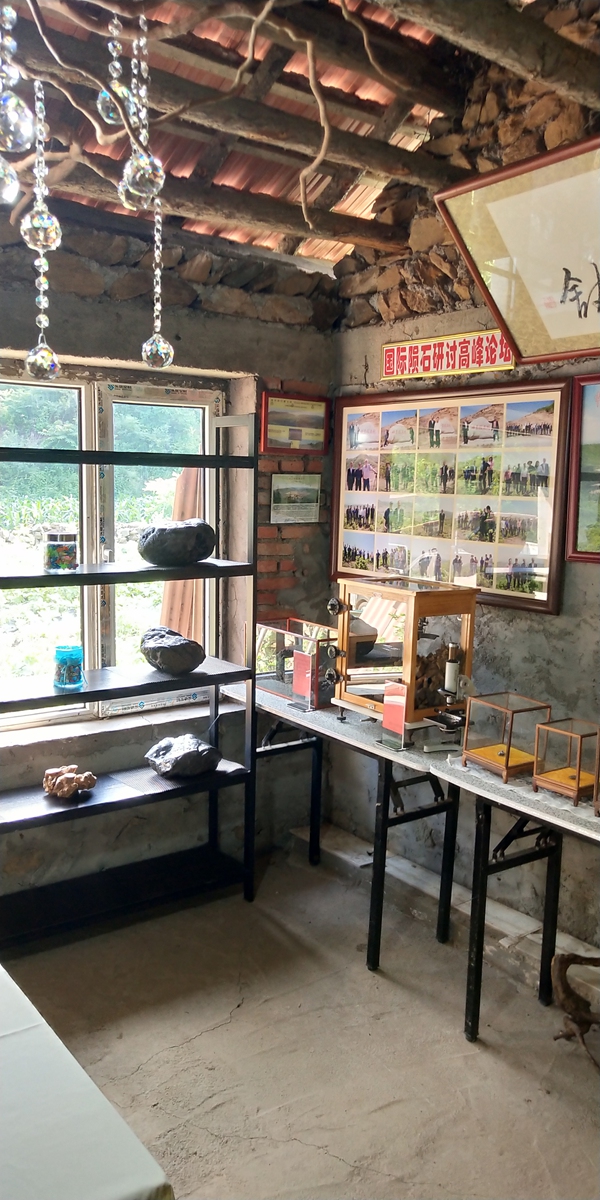
A visitor takes a photo inside the Meteorite Museum. Photo: Courtesy of Sui Mingku
Editor's Note:As of 2021, China had 6,183 registered museums. With International Museum Day falling on Wednesday in 2022 and its theme "The Power of Museums," various museums in China are scrambling to hold activities to display the potential of these institutions. In addition to these mainstream museums, a number of niche museums are also emerging in China. Niche museums, though smaller in scale and less popular than mainstream museums, explore an important "small but defined" development path that focuses on an in-depth look at a single field. They too have begun showing their power.
Cutting off his alarm after a second or two, Sui Mingku opens his eyes in the early morning with one very clear goal in mind: find a meteorite.
Packing a bag, he travels to his mountainous hometown in the Xiuyan Manchu Autonomous county in Anshan, Northeast China's Liaoning Province. This is the location of a large crater, the first to be certified in China, formed about 50,000 years ago when a meteor burned its way through the atmosphere and, after breaking up into smaller pieces, crashed into the Earth in a series of explosive impacts.
The meteor shower left behind large amounts of meteorites, which can usually be found after a heavy rain.
These meteorite specimens, and others like them from other places around the world, are on display at a museum Sui established 10 years ago. This museum has been the starting point for numerous local students' dreams of learning about space.
Besides Sui's special meteorite museum, more and more niche museums focusing on a single subject have been popping up in China. Although they may not be as popular as larger and more famous museums such as the Palace Museum in Beijing, these museums still play a significant role in enriching the spiritual lives of the public.
A single theme
The Meteorite Museum, covering around 200 square meters, has 208 specimens on display and Sui is continually working to expand the collection by scouring the crater.
"To let more visitors have the chance to get close to meteorites, the museum is open for free throughout the year without any breaks," Sui told the Global Times.
Besides collecting specimens from outside, Sui also gives tours at the museum, teaching visitors how meteorites are formed and what the different classifications are.
To diversify the collection, Sui stays in touch with overseas collectors as well. "We, lovers of meteorites around the world, have our own circle and exchange meteorites with each other to get what we need."
The fact that the museum is located in China's first certified crater helps bring in visitors to the museum.
Sui sometimes doesn't even have time to eat since he is busy welcoming endless tourists, from elementary school students to senior citizens.
"I remember a family in which the parents and child were all fond of meteorites. The teenager was a middle school student who gained an interest in researching and observing meteorites after visiting the museum. Now he often comes here."
Sui is proud of the influence the museum has had on young students who are just like him when he began collecting meteorites at the age of 7 after falling in love with these falling stars.
"Meteorites are visitors from outer space and they are more than 4.6 billion years old. They help us to understand the universe and the Earth. One visitor who was nearly 100 years old told me that touching these meteorites made him very happy as he felt he was touching history."
Attracting attention
Compared with more orthodox museums whose displays fall in line with convention, niche museums tend to have offbeat themes that target visitors. These are seen as their main advantage to survive and even earn high popularity, Shen Ruiwen, dean of the School of Archaeology and Museology at Peking University, told the Global Times.
Like Sui's Meteorite Museum, China has many other niche museums covering various fields. A typewriter museum in Shanghai has nearly 300 typewriters from 32 brands covering 14 languages, all of which were collected by Lu Hanbin, a Czech Chinese who traveled the West for more than 20 years.
Southwest China's Chongqing is home to China's first underwater archeological museum. The museum boasts a large stone beam some 1,600 meters long that is covered with hundreds of inscriptions and calligraphy works.
Shen noted that more museums will also turn to cutting-edge technologies to provide better experiences.


